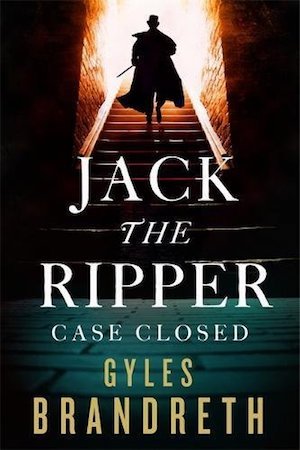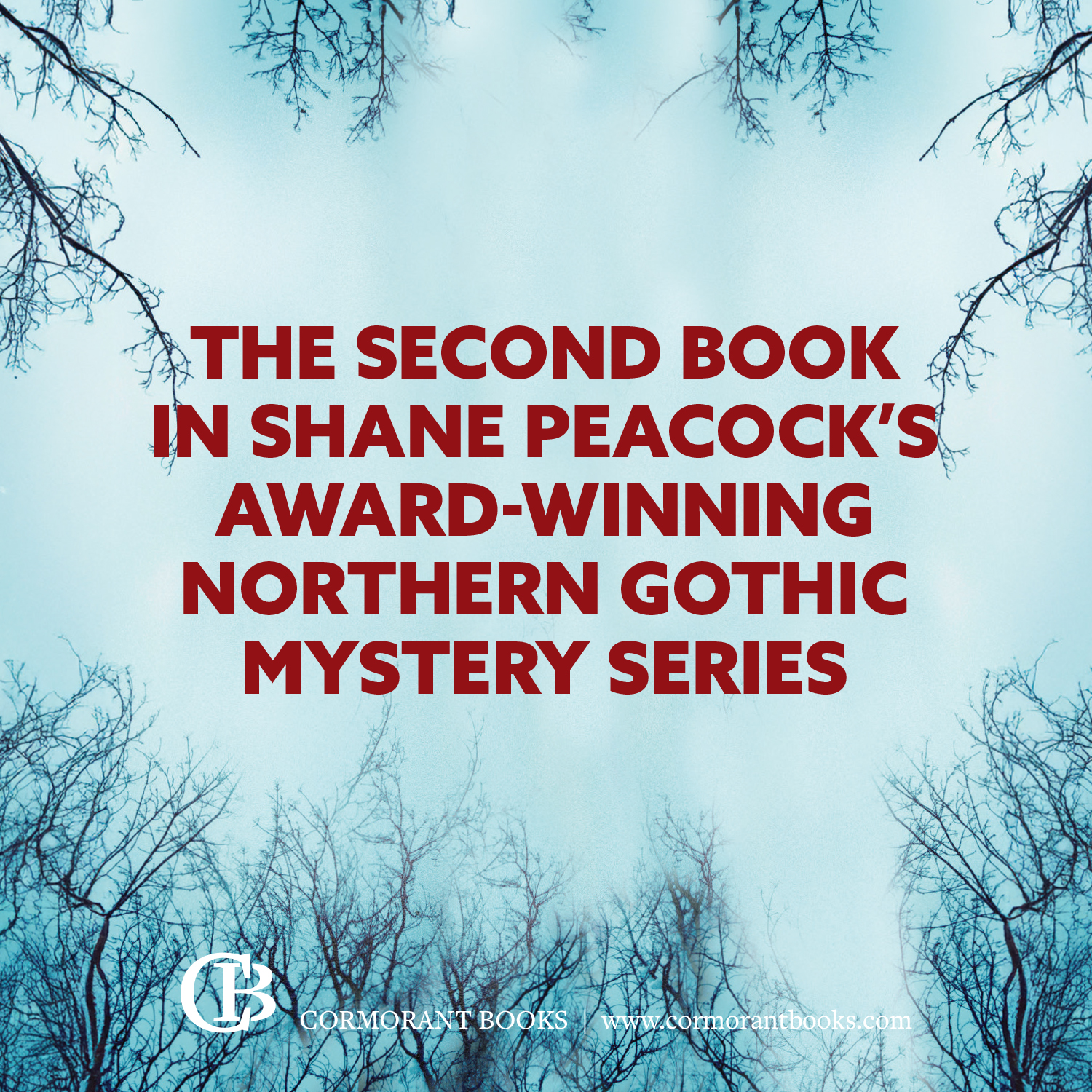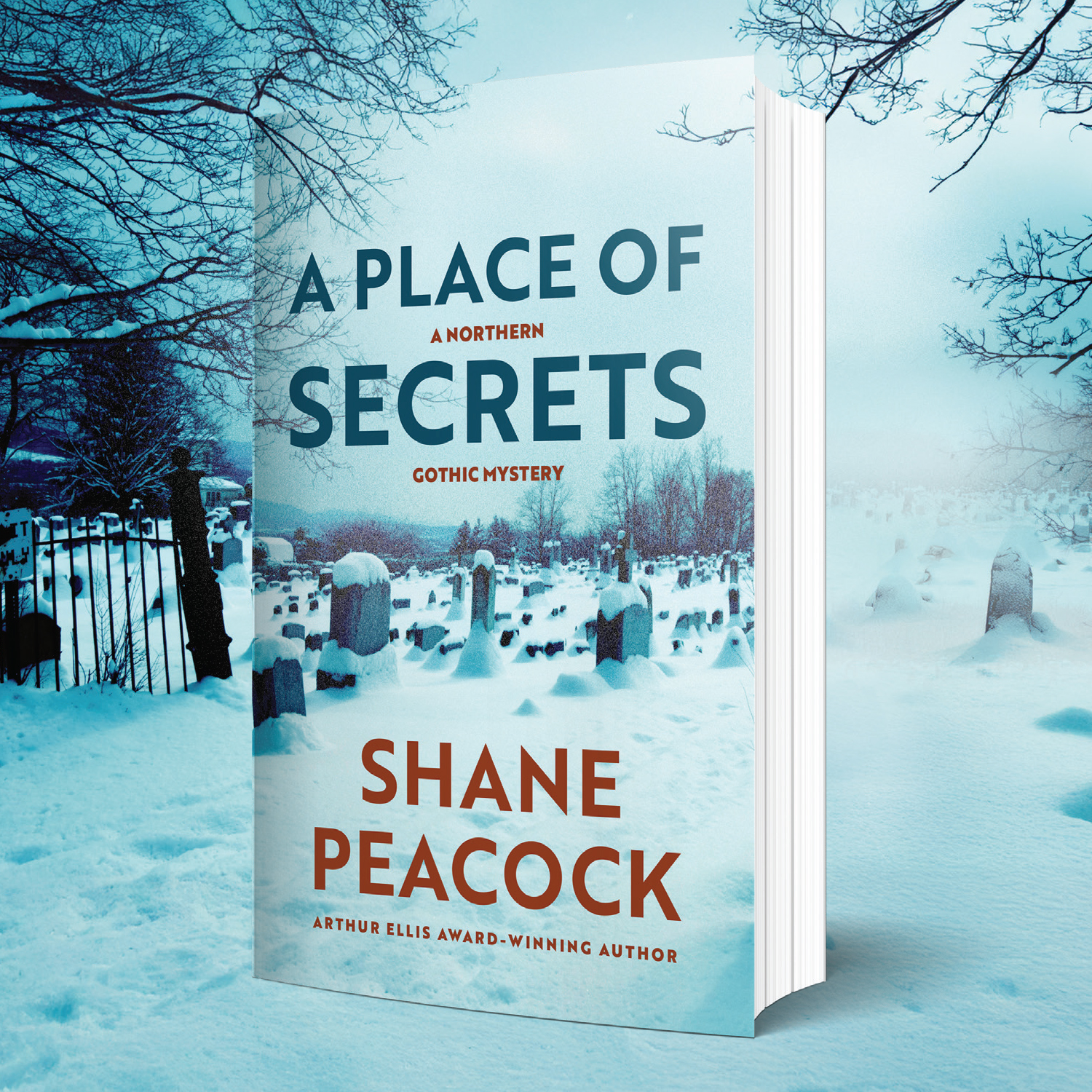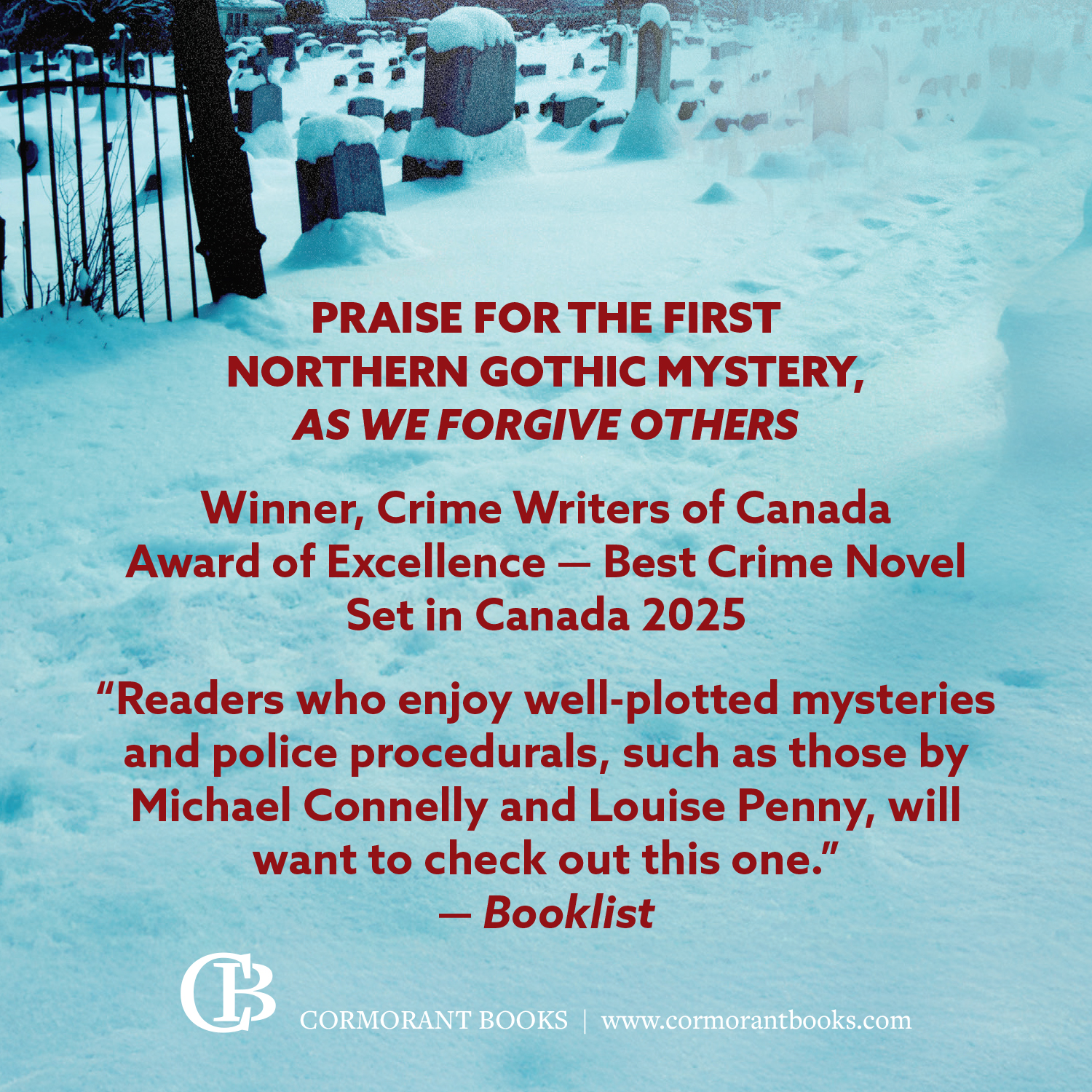 Written by Gyles Brandreth – The Whitechapel Murders that occurred in London in 1888 have provided seemingly endless inspiration for writerly speculation. Latest in this parade of theorists exploring the grisly deaths of five prostitutes is former Conservative MP, actor, and broadcaster Gyles Brandreth.
Written by Gyles Brandreth – The Whitechapel Murders that occurred in London in 1888 have provided seemingly endless inspiration for writerly speculation. Latest in this parade of theorists exploring the grisly deaths of five prostitutes is former Conservative MP, actor, and broadcaster Gyles Brandreth.
He uses the real-life friendship between Oscar Wilde and Sherlock Holmes creator Arthur Conan Doyle as a premise. The two luminaries are asked by real-life Metropolitan Police CID Chief Constable Melville Macnaghten to investigate. The reason? Most of Macnaghten’s chief suspects are known to Wilde and, the detective says, “You are a poet, a Freemason and a man of the world. All useful qualifications for the business at hand.”
It’s 1894, and the police are resurrecting this old, failed investigation for a couple of reasons. Because Macnaughten is writing a definitive report and would like to provide a conclusion. Because he wants to end speculation about the identity of Jack the Ripper, which, in the absence of a definitive alternative, even occasionally extends to the late Prince Eddy, Duke of Clarence and Avondale. And, because a new murder has occurred that bears all the hallmarks of a Ripper case, except that the body was found not in Whitechapel but in Chelsea, more particularly, in the alley behind Tite Street, where Wilde and Macnaghten have their homes.
Whether you fully buy into the plausibility of this notion, you cannot deny that it makes for an entertaining read, as Brandreth is able to draw on the wide and diverse acquaintanceships Wilde had among members of London society, high and low. He does a creditable job eliminating Macnaghten’s weaker suspects – the suicide John Druitt, the spiritualist Walter Wellbeloved, and actor Richard Mansfield. Druitt and Mansfield were briefly suspects in real life too.
He avails himself of opportunities to mention Wilde’s friend, the painter Walter Sickert, who was also a real world suspect for a while. (As evidence of the long half-life of Jack the Ripper theories, American mystery author Patricia Cornwell produced her second book attempting a case against him last February.) Brandreth then constructs a scenario in which the more unsavory suspects and some new players can cavort.
Wilde and Doyle are freed from the obligations and restraints of home life by camping out in a hotel for the duration of their adventure. They make research forays into Whitechapel at night, visit the Russian circus (where Doyle, whose wife and children are away in Switzerland, falls for the diminutive acrobat Olga), sponsor a séance, go to parties and Mansfield’s current play, and visit the Anarchists’ Club and two lunatic asylums.
Wilde claims to be always on the cusp of understanding the whole picture, though Doyle has growing doubts. The mild tension between the two – with Wilde ever fizzing off into some new investigatory escapade and Doyle anxious to get back to his house and his work – grounds the story and keeps it from escaping the page.
Brandreth has written six other mysteries featuring Oscar Wilde and his circle, sometimes including Doyle, and he knows his principal character well. If you’re familiar with Wilde’s plays, you’ll recognise various lines in the epigrams he’s constantly spouting. In this story, Wilde tells Doyle: “Miss Druitt keeps a diary and it accompanies her everywhere – she said, rather amusingly, ‘One must always have something sensational to read in the train.’” You are to think Wilde saved that quip in memory, in order to deploy it in The Importance of Being Earnest. Aside from Wilde’s own lines, Brandreth liberally butters the narrative with literary allusions. He has Wilde quote liberally from Keats and Shelley, and alludes to Shakespeare and Dickens. There’s even a character named Bunbury, and you know what happened to him.
As to the clever resolution and identification of ‘the real Jack’, this may not be so satisfactory. The motivation is weak and the method, which I cannot reveal as it would be a spoiler, is now discredited, though thought effective 130 years ago. These issues, which would be serious in a contemporary crime thriller, are almost beside the point in Case Closed. It’s a case of the journey being more important – and entertaining – than the destination.
For another Jack the Ripper fictional recreation, try Art in the Blood, published last year. If you enjoy reading about famous authors who play sleuth, check out these five books.
Corsair
Print/Kindle
£8.99
CFL Rating: 4 Stars







New evidence-based Ripper theory/book written by US detective & world’s top criminalists Drs Baden, Lee & Wecht: https://www.crimetraveller.org/2017/06/jack-the-ripper-was-three-killers-sherlock-holmes-autumn-of-terror/
That case is just the gift that keeps on giving, isn’t it! I took a class from Cyril Wecht once, when he was medical examiner in Allegheny County, Penna. One of the first in that field to be both a lawyer and a doctor. If he says it, that’s good by me!
Dear Ms. Weisfeld,
With all due respect,
Mr. Brandreth does a credible job… He is laying out the course of a (fictional) mystery, not working out the value of a putative pension. That said, I am so very glad that your review is largely positive. I have just begun the first book of this series which, I am enjoying immensely. The same must be said of your website, as I have just stumbled across it. I am now off to explore the avenues and corners of Crime Fiction Lover.
Yours Sincerely,